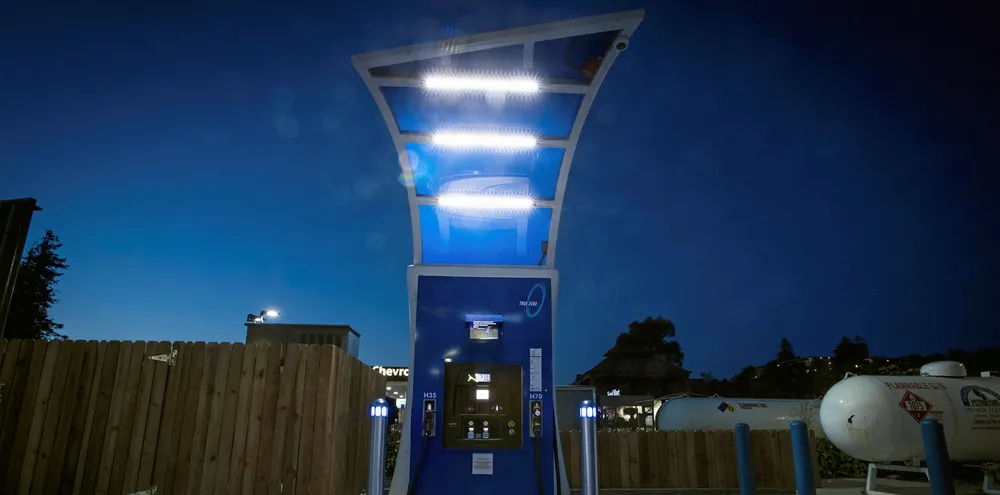New batteries, heat pumps and green hydrogen to supercharge energy transition's 'second phase'
New DNV GL report names key technologies to 'significantly accelerate' decarbonisation of energy, transport and heating sectors in next decade

New DNV GL report names key technologies to 'significantly accelerate' decarbonisation of energy, transport and heating sectors in next decade
